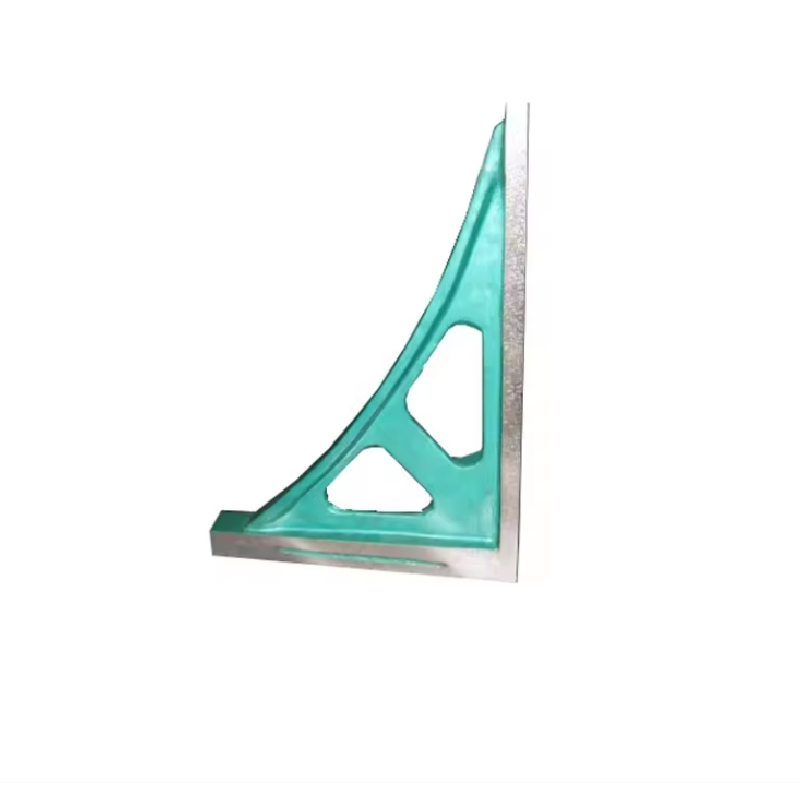نويابىر . 18, 2024 12:51 Back to list
Understanding Different Types of Butterfly Valve Seats and Their Applications
Understanding Butterfly Valve Seat Types
Butterfly valves are widely used in various industrial applications for regulating flow. One of the critical components of butterfly valves is the seat. The seat provides the sealing surface between the valve body and the disc, ensuring that the valve performs its function of controlling flow effectively. Various types of butterfly valve seats exist, each designed for specific applications and operational needs. This article will explore the different types of butterfly valve seats, their materials, configurations, and their applications.
Types of Butterfly Valve Seats
1. Soft Seated Valves Soft seated butterfly valves have a seat made from elastomers or soft materials like rubber or PTFE (Polytetrafluoroethylene). These materials provide an excellent sealing capability, making them ideal for applications where a complete seal is vital. Soft seats are typically used in water, gas, and lower-pressure systems. They can effectively handle moderate temperatures and pressures, making them suitable for many general-purpose applications.
2. Metal Seated Valves Metal seated butterfly valves utilize a hard seat, usually made from metal alloys, which enhances durability and resistance to wear. These seats are ideal for high-temperature and high-pressure applications, where soft seats may fail. Metal-seated valves are commonly used in the oil and gas, chemical processing, and power generation industries. They offer excellent longevity and resistance to abrasive materials, making them suitable for harsh operating environments.
3. Fire-Safe Seats Fire-safe butterfly valve seats are designed to maintain a seal even under extreme temperatures and in the event of a fire. These seats are typically made with additional materials that can withstand high temperatures, ensuring that the valve retains its functionality during a fire emergency. Fire-safe butterfly valves are critical in industries dealing with flammable substances, such as petrochemicals and pharmaceuticals, where safety is paramount.
4. High Performance Seats High-performance butterfly valve seats are engineered for applications requiring precise control and tight sealing. These seats often combine various materials, including metal and elastomers, to achieve optimal sealing performance across a broader range of temperatures and pressures. High-performance seats are ideal for industries such as water treatment, pulp and paper, and HVAC systems, where reliability and efficiency are essential.
Material Considerations
The material used for butterfly valve seats is crucial, as it affects the valve’s performance, lifespan, and suitability for specific applications
. Here are some common materials used for butterfly valve seats- EPDM (Ethylene Propylene Diene Monomer) Commonly used for soft seating, EPDM offers good chemical resistance and is suitable for various applications, including water and steam. However, it may not be compatible with certain oils and fuels.
butterfly valve seat types

- Nitrile (Buna-N) This material is known for its excellent resistance to petroleum products and is commonly used in oil and gas applications. However, it has limitations in high-temperature conditions.
- PTFE PTFE is a versatile material with outstanding chemical resistance and can withstand high temperatures. It's often used in applications involving aggressive chemicals.
- Metal Alloys For metal seats, materials like stainless steel and alloy compositions are preferred. These metals provide excellent resistance to wear and high-temperature capability.
Choosing the Right Seat
When selecting the appropriate butterfly valve seat type, consider the following factors
- Application Requirements Analyze the specific needs of your application, such as pressure, temperature, and the nature of the fluid being controlled.
- Material Compatibility Ensure that the seat material is compatible with the media it will come into contact with. This is crucial for preventing degradation and ensuring the valve functions effectively over time.
- Performance Expectations Decide whether a soft or metal seat is necessary based on performance requirements. Soft seats are typically adequate for standard applications, while metal seats are preferable for extreme conditions.
Conclusion
Understanding the different types of butterfly valve seats is essential for selecting the right valve for any application. Each seat type has unique characteristics that make it suitable for specific environments and operational needs. By considering factors such as material compatibility, application requirements, and expected performance, industries can choose the most effective butterfly valve solutions that enhance reliability, efficiency, and safety in their processes. As technology advances, new materials and designs may further improve the functionality of butterfly valves, making them even more integral to industrial operations.
-
Why Metric Trapezoidal Thread is Ideal for Precision Motion ControlNewsAug.05,2025
-
The Unique Properties of a Block of Granite for Industrial UseNewsAug.05,2025
-
The Role of Flanged Y Strainers in Preventing Pipeline ClogsNewsAug.05,2025
-
The Importance of Regular Calibration for Master Ring GagesNewsAug.05,2025
-
How a Cast Iron Surface Table Enhances Accuracy in ManufacturingNewsAug.05,2025
-
Comparing Different Check Valve Types for Optimal Flow ControlNewsAug.05,2025
Related PRODUCTS









